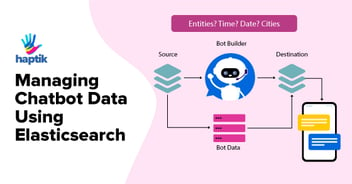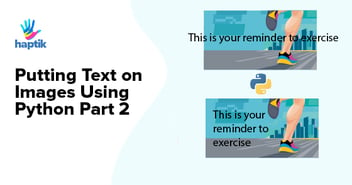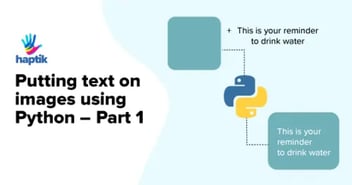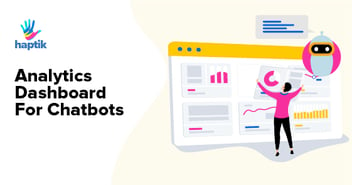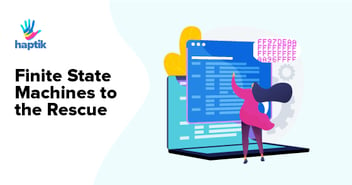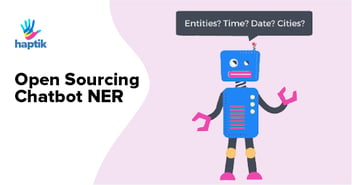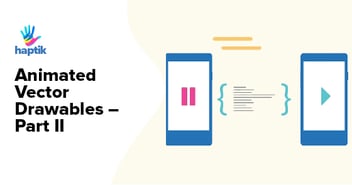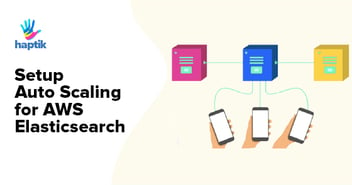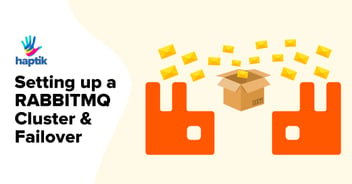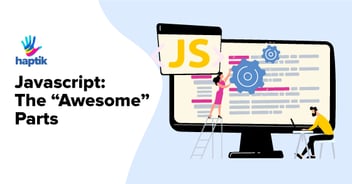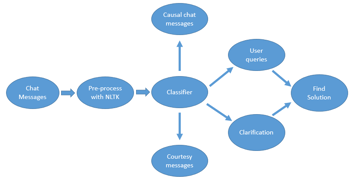Say Aye (AI)! How Data Tagging & Labeling Makes Virtual Assistants & Virtual Chatbots - SMART?
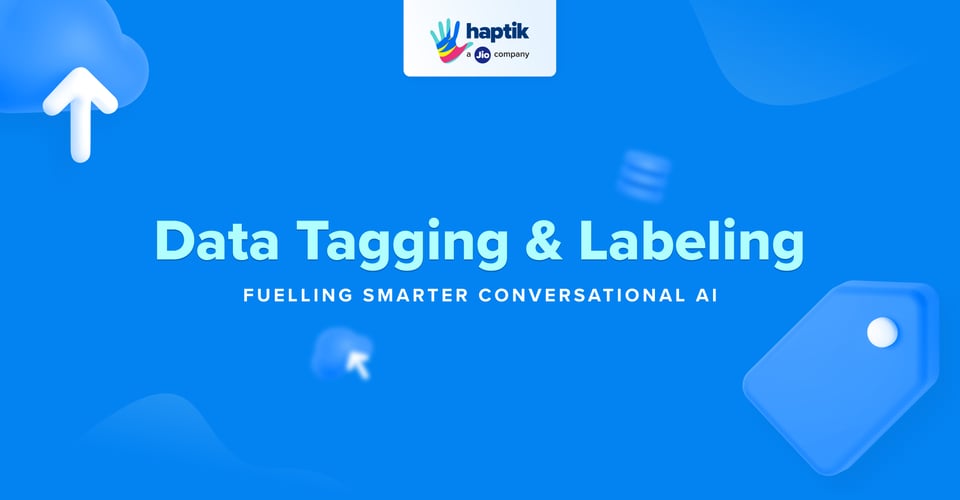
We live in a world where communicating or talking to machines has become super normal. You ask your phone for the weather forecast, chat with a bot to know your food delivery status or even command Alexa to play one of your favorite songs — and boom, it just works.
But have you ever stopped to wonder how these digital assistants actually understand what you’re typing or saying?
It turns out the answer is not just Abracadabra or some Hocus Pocus, but more about data labeling or annotating. It is one of those behind-the-scenes processes that is absolutely and crucially critical to making AI conversations sound… well, human with a bit of human emotions.
Drumrolls… Let’s pull back the curtain and see how this really works.
Also Read: How We Took Our Kubernetes Autoscaling from Basic to Advanced Mode with Istio Metrics
What Is Data Tagging/ Labeling?
In the simplest terms, data tagging/ labeling means adding a tag or attaching meaning to data so machines can learn from it.
Just Imagine you’re teaching a toddler to recognize animals. You point at a picture and say, “This is a cat.” The more often you do it, the faster the toddler grasps it and one day eventually they can recognize a cat on their own.
Machines learn the same way. Before a chatbot or a virtual assistant can understand that “I forgot my password,” which ideally means the user needs help logging in, someone, and in most cases, it is a human that has to label or tag that phrase with its intent: account recovery.
In short,
- Labeling = assigning an overall meaning or category
- Tagging = identifying specific parts within the data
Without labeled or annotated data, chatbots or virtual assistants wouldn’t know a help request from a food delivery order.
Why Virtual Assistants & Virtual Chatbots Are Hungry For Labeled Data?
Chatbots and virtual assistants (like Siri, Google Assistant, or any website support bot) must:
- Understand what you’re saying (natural language understanding).
- Detect and determine what to do about it (intent detection or recognition and decision-making).
- Respond in a way that makes sense (natural language generation).
Related: Chatbot Security: 13 Considerations for SaaS Chatbot/IVA Assessment (Checklist Included)
And to do any of that, they need thousands — sometimes millions — of examples of labeled conversations.
For example:
- User message: “Can you tell me my account balance?”
Intent label: Check_Balance - User message: “I want to know about my order status”
Intent label: Order_Status - User message: “Book a ride to The Hub Mall”
Entities: Destination = The Hub Mall - User message: “Schedule dinner with Aaron D’souza”
Entities: Person = Aaron D’souza
These labels train AI models so they can match similar inputs with the right meaning, even if users say it a little differently each time.
The Types of Labels Used in Chatbot Training
Let’s break down the types of labels commonly used in chatbot data annotation:

1. Intent Labels
These tell the chatbot what the user wants to do.
- "Book me a flight to Bengaluru" - Book_Flight
- "Please cancel my order." - Cancel_Order
- "I want my order status." - Order_Status
2. Entity Tags
Entities are specific pieces of information in a message.
- “Schedule a meeting with Latika at 3 PM tomorrow.”- Person = Latika, Time = 3 PM, Date = tomorrow
3. Sentiment Labels
Some bots also track emotional tone.
- "I’m really frustrated with this!" — Negative
- "Thanks for the help!" — Positive
- "You didn’t help me at all."— Negative
- “I love this app! It’s super easy to use. — Positive
- "Thanks, but honestly I expected better." — Mix (Positive + Negative)
- “This service is terrible. I waited for an hour!” — Negative
- “The food was great, but the service was slow.” — Mix (Positive + Negative)
- "Great job, everything’s working perfectly now." — Positive
- "I’m about to give up… this is useless." — Negative
- "That’s exactly what I needed. Thank you!" — Positive
- "Your support was friendly, even though the issue isn’t fully resolved." — Mix (Positive + Negative)
4. Conversational Labels
In longer conversations, labels might mark where the user is in a process (e.g., greeting, information collection, problem resolution).
All of this data is gathered, tagged, and fed into machine learning models that power the bot’s brain.
Who Does the Labeling?
In many cases, it’s a combination of:
- Professional annotators working at data labeling companies.
- Crowdsourcing platforms, which allow annotators to label data for small payments.
- In-house teams that label sensitive and confidential datasets, especially when accuracy or privacy is critical.
- AI-assisted labeling, where a tool or a machine does the “first validation” and a human reviews it. This way, the process is faster and often just as accurate when done well.
The Challenges of Tagging / Labeling Conversational Data
Tagging or labeling virtual assistant data isn’t always easy. Conversations can be messy. People use slang, typos, sarcasms, emojis, and wildly different sentence structures.
For example:
- “Yo I gotti cancel thsi thing loll”
Still means Cancel_Order, but not exactly textbook English.
This means annotators need training and context. AI models also need to be flexible and constantly updated with fresh, labeled examples to keep up.
How AI Is Getting Smarter at Tagging or Labeling?
- There is no surprise that AI is actually getting pretty clever at labeling or tagging its own data these days. While it may take some help from fellow humans for the tricky stuff, more or less it is managing to do the major chunk on its own.

- A human tags or labels a small set of high-quality examples.
- The AI learns and begins labeling or tagging new data.
- Then we (humans) come into the picture and only review the AI’s “confused” cases.
- This particular loop continues, and at every round, it keeps getting smarter.
Trust me, this kind of loop makes it much faster to build better bots and reduces the need for massive, manual annotation jobs.
Real-World Examples
Let’s say you’re building a customer service chatbot for a bank. Here’s how data labeling plays out:
- You gather huge amounts of chat logs from past customer interactions.
- A dedicated team reads through these and assigns:
- Intents like Open_Account, Break_Fixed_Deposit, or Ask_Interest_Rate.
- Entities like account types, transaction dates, or currency amounts.
- Sentiments to flag frustration or urgency.
Why GenAI Call Auditing Is the Future of Contact Center
Once the tagged or labeled data is processed, you train your model. Now, when a user says, “Hey, I want to know the interest rates,” the bot knows it should:
- Trigger the Ask_Interest_Rate flow,
- Ask interest rates you want to know
- Provide next steps, like is it fixed interest rates or recurring interest rates, etc.
This kind of intelligence will only come after hours of careful tagging and labeling of data which is happening behind the scenes.
Ongoing Improvement: I call it “LTR” which means “Long Term Relationship” with “Label, Train & Test, Repeat”

A message on a company’s Slack group saying “XYZ Bot goes LIVE”... Everyone gets happy… shoutouts… appreciations… Hi 5’s etc… But the work doesn’t stop after the chatbot goes live. It is only the beginning of collating and collecting new conversations, labeling & tagging the ones where the bot fails, and retraining the model.
It’s a continuous cycle:
- Collect real chat logs.
- Label problematic or new intents.
- Retrain and redeploy the bot.
If we do these steps thoroughly without fail, our chatbots or virtual assistants will progress from being average to something that is smoother, more real and nearly human helpers.
Final Thoughts: You are ABLE only because of the right LABEL!

In the AI industry, we tend to focus on the futuristic side of virtual assistants, smartbots, AI-Robots, and everything smart. But the real deal and power lies in the data. And that data has to be labeled or tagged correctly before it can be useful.
So the next time you have a meaningful chat with a support virtual assistant or a virtual chatbot that actually resolved your concern or query, or if your voice bot manages to understand your mumbling while brushing your teeth or that low whisper which is used while gossiping, remember this “That seamless experience you received was totally built on a solid foundation of good data labeling”.
As I conclude in my style — it may not be glamorous or it may not get the headlines, but data labeling or data tagging is the glue that holds the virtual assistants or virtual chatbots world together.
In fact, every smart, witty, helpful AI you talk to, was once upon a time a clueless toddler that someone patiently trained — one day label at a time.
Now, if you'll excuse me, I need to go ask my HAPTIK BOT to remind me to apply for leaves… I deserve a vacay!!!









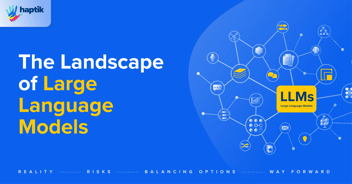
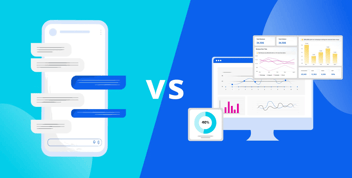
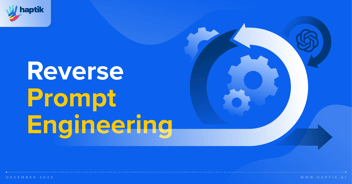

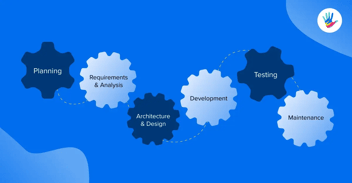
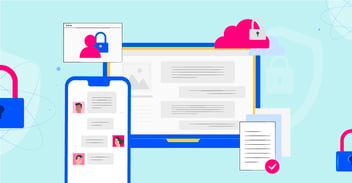
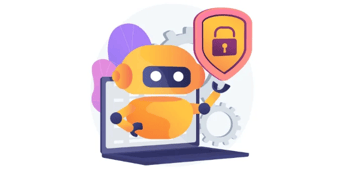

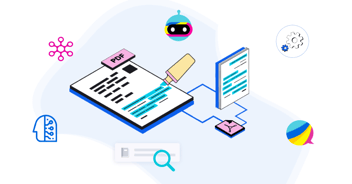
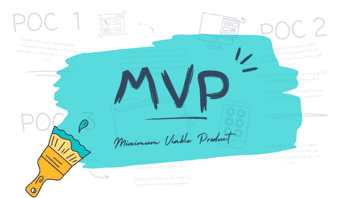




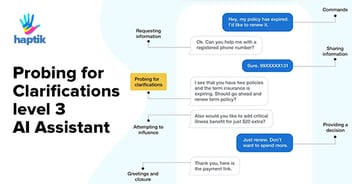
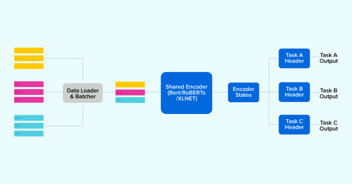




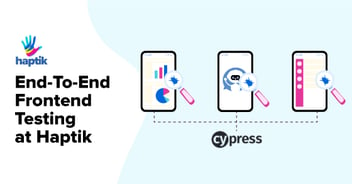


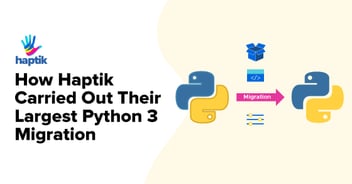

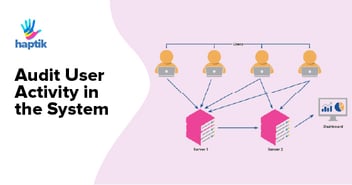
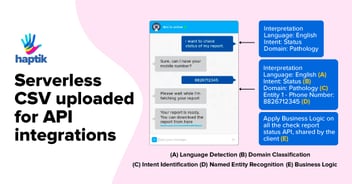

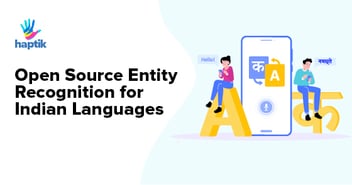

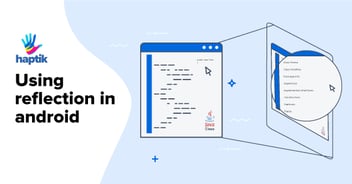
.webp?width=352&name=Charles-Proxy%20(1).webp)
